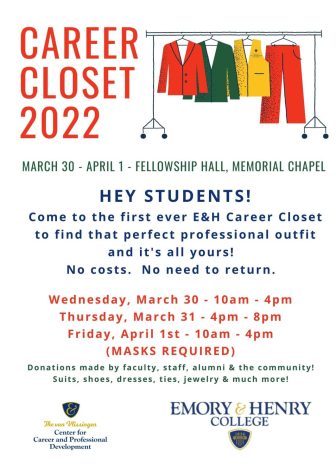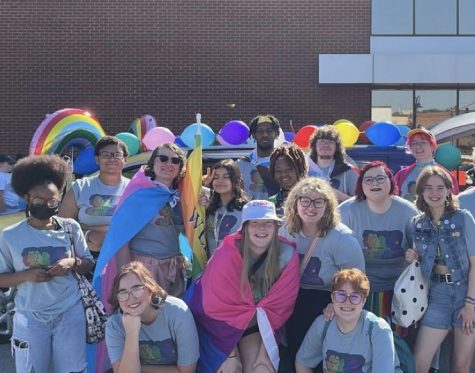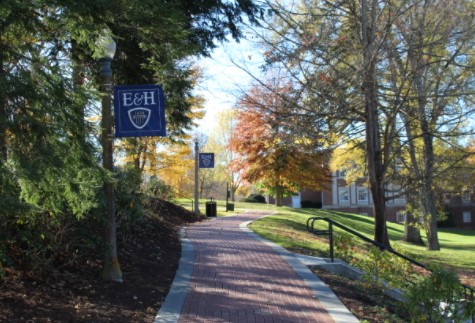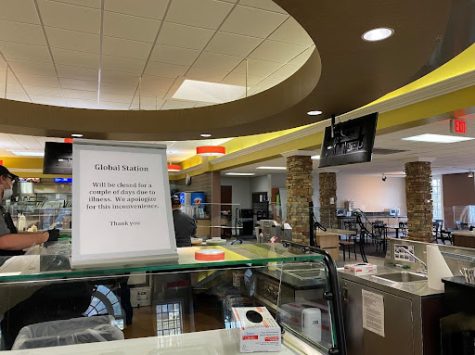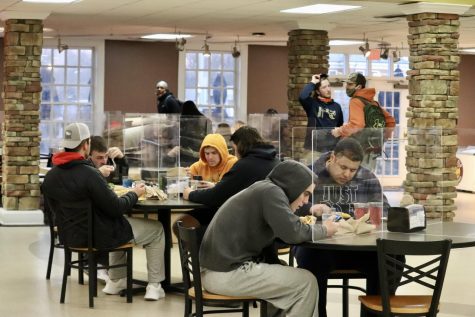Dr. Mark Finney Discusses Pros and Cons of Teaching During a Pandemic
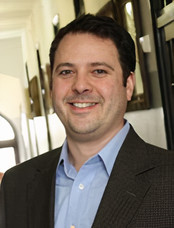
https://www.ehc.edu/live/profiles/447-mark-finney
Mark Finney, Mass Communications Professor at E&H, has found remote learning brings new opportunities to his students, but can’t replace the environment created in an in-person classroom.
Students at Emory & Henry College have been adapting to unconventional methods of learning this semester, but they aren’t the only ones. Professors have also been figuring out how to teach in this new environment. Mark Finney, Mass Communications professor at E&H, explains that while there have been downsides to the new teaching format, there have also been unexpected benefits.
Finney is teaching all of his courses remotely this fall, and recognizes that there are new obstacles for both students and professors to handle.
“There are a lot of differences between in person and remote learning,” he said. “Expectations of both students and instructors are different. Pedagogies have to be adjusted to accommodate different student, and instructor, contexts, obligations and limitations.”
Although the method of teaching is untraditional, Finney has had an overall positive experience with his classes this semester.
“I teach skills courses … and if I’m being honest, I think that teaching that content remotely has some real benefits,” he said.
Finney believes that online class has allowed his students to gain important experiences they might not get in person. These benefits are especially strong, in terms of learning opportunities, for the skills subjects he teaches.
“I can more easily engage students with skills-oriented opportunities when we are all on the computer than I can in a lecture hall,” he said. “I can also evaluate mini-exercises in real time and use peer-evaluation more effectively.”
While Finney has noticed positive aspects about the way he is currently teaching his courses, he also acknowledges that remote learning brings about its own unique set of problems that everyone in the classroom must deal with.
“Technology can provide a lot of interesting opportunities for remote learning, but there are drawbacks to the technology, too,” he said.
For Finney, the biggest difference has to do with the students not being physically present in a classroom environment together, something that remote learning simply can not imitate.
“I think that the most meaningful difference to me has to do with presence. Interactions with students are more difficult and less meaningful via technology,” he said.
Finney doesn’t just miss talking with students about coursework or the subject he is covering in class, he misses the more mundane conversations that would typically be taking place.
“There are far fewer casual interactions with students and colleagues, which both give me life and provide us all with more opportunities to engage with each other as colleagues and learners,” he said.
All in all, teaching his classes remotely hasn’t been the largest obstacle for Finney this semester. This biggest challenge, he says, is covering all of the required material in the new seven week session model.
“The biggest challenge to skills courses this semester has been the pace. The seven-week format of our semester means cramming a semester’s worth of material into a short amount of time,” he said.
Finney explains that there simply hasn’t been enough time for his students to work on the skills they are learning.
“If there’s one thing that is needed for skills courses, it is practice – and that’s the hardest thing to do in this format,” he said.
With the end of this semester in sight, Finney is looking towards a future in which he can return to a somewhat traditional college classroom setting.
“I am hoping to be teaching at least some courses in person this spring,” he said.

Katie is currently in her second year at Emory & Henry. She has always had a passion for writing, as well as all things theater related. In her free...





